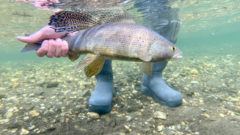Description
The Great Lakes Commission (GLC) has an immediate opening for a part-time administrative coordinator. This position will work under the direction of the executive director and deputy director, and will assist with a wide range of administrative activities for the GLC and its staff. This position requires a skilled and highly organized person who can work as part of a team, and can also exercise independent judgment in a busy, deadline-driven environment. This position will serve as the initial point of contact for GLC visitors, Commissioners and partners, a role that requires a professional and positive attitude, and the ability to quickly learn and understand GLC structure and operations, organizational culture and decision-making.
Responsibilities
The administrative coordinator will be responsible for a variety of activities in support of GLC operations and programs, including general office administration, as well as scheduling and meeting support.
Specific responsibilities include:
Office Communication:
-
Greet building visitors and respond to general inquiries.
-
Manage the general voicemail box (forward voicemails to appropriate staff and respond to callers seeking general information).
-
Manage incoming and outgoing mail and shipping services.
-
Manage and organize administrative and operational forms and files.
-
Manage GLC Board, Commissioner and Observer rosters.
-
Compose correspondence with GLC Board, Commissioners, Observers or other partners as requested by the executive or deputy director.
Scheduling and Meeting Support:
-
Assist staff with securing travel, hotel and meeting accommodations.
-
Provide logistical support and assist staff with in-office and project-specific meetings, including preparation and printing of materials (e.g., name tags, attendee lists).
-
Take minutes for and work with the executive director to coordinate monthly GLC Board meetings.
-
Provide logistical and administrative support for GLC’s three primary meetings a year including:
-
Manage online registration and payment, and reconcile final payments and receipts.
-
Negotiate and manage vendor contracts and payments; ensure events are within budget.
-
Work with venue staff and host state/province designee(s) to coordinate meeting, social event and field trip logistics.
-
Provide day-of meeting coordination (managing registration, directing event set-up, communicating with Commissioners and staff, organizing vendors, and managing breakdown).
-
Assist in preparation and printing of materials (e.g., name tags, attendee lists, briefing items).
-
Maintain and manage GLC meeting equipment and supplies.
-
Office Administration:
-
Work with the executive director and deputy director to devise and implement strategic administrative improvements.
-
Assist with the operation of shared office equipment; perform light maintenance and troubleshooting.
-
Assist with scanning, bulk printing and copying.
-
Work with equipment vendors, scheduling ongoing maintenance and arranging for repairs when equipment malfunctions.
-
Work with building management company, manage issues as they arise and coordinate requests for building service, maintenance and repair.
-
Manage relationship with contracted cleaning company; address issues as they arise and coordinate ongoing and special cleaning requests.
-
Manage inventory of office supplies; purchase and distribute supplies when needed.
Qualifications
A high school diploma (or equivalent) and a minimum of three years’ experience in an administrative setting is required, along with the following qualifications:
-
Outstanding ability to communicate both verbally and in writing with colleagues and individuals inside and outside the agency
-
Strong organizational skills that reflect ability to perform and prioritize multiple tasks seamlessly with excellent attention to detail
-
Demonstrated proactive approach to problem-solving, both independently and in a team setting
-
Ability to perform well under pressure
-
Ability to handle sensitive or confidential information in a professional and mature manner
-
Exceptional computer skills, including (but not limited to):
-
Proficiency with the Microsoft© Windows 10 operating system and associated products (i.e., Word, Excel, PowerPoint, Outlook, Teams, etc.)
-
Adept at using the Internet for travel and meeting arrangements, postage and shipping, online account management, etc.
-
Ability to type quickly and accurately
-
Ability to prepare and format professional documents
-
The ideal candidate would also bring one or more of the following skills and experience to the position:
-
Associate degree or higher in a related field
-
Experience coordinating meetings or events
-
Experience managing online or virtual events using web and videoconferencing platforms (e.g., Zoom)
Appointment
Position Classification and Compensation
The position is classified as regular, part-time as defined by the GLC’s personnel policies, with the successful candidate working a minimum of 20 hours per week, up to a maximum of 29 hours per week. The hourly rate for this position is $30 per hour. The GLC may consider reclassifying the position to full-time in the future, based on agency needs.
Work Environment
The GLC is located in Ann Arbor, Michigan. It is expected that the majority of work is performed in the GLC’s office; however, occasional telework may be considered. This position requires occasional travel and occasional work outside of normal business hours.
Application Process
Applicants must submit their resume and a cover letter stating their interest in and qualifications for the position as a single PDF document via email to vacancy@glc.org. All required items must be provided for an application to receive consideration. No phone calls, please.
About the Great Lakes Commission
The Great Lakes Commission is a binational government agency established in 1955 to protect the Great Lakes and the economies and ecosystems they support. Its membership includes leaders from the eight U.S. states and two Canadian provinces in the Great Lakes basin. The GLC recommends policies and practices to balance the use, development, and conservation of the water resources of the Great Lakes and brings the region together to work on issues that no single community, state, province, or nation can tackle alone. Learn more at www.glc.org.
Equal Opportunity Employer
The Great Lakes Commission strives to create an inclusive, diverse and non-discriminatory workplace. The Great Lakes Commission is an equal opportunity employer; the Great Lakes Commission complies with applicable federal, state and local laws prohibiting discrimination. It is Great Lakes Commission policy that no person shall be discriminated against, as an employee or applicant for employment, because of race, color, religion, age, sex, national origin, disability status, genetics, protected veteran status, marital status, political affiliation, sexual orientation, gender identity or expression, or any other characteristic protected by federal, state or local laws.

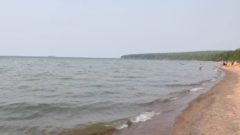
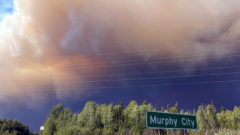
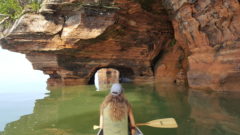
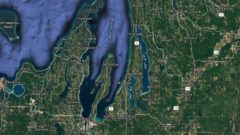
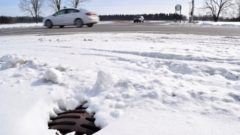
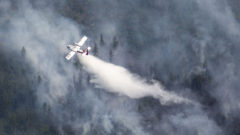
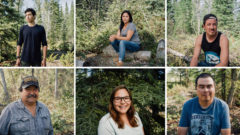
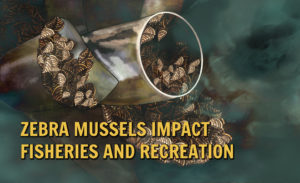



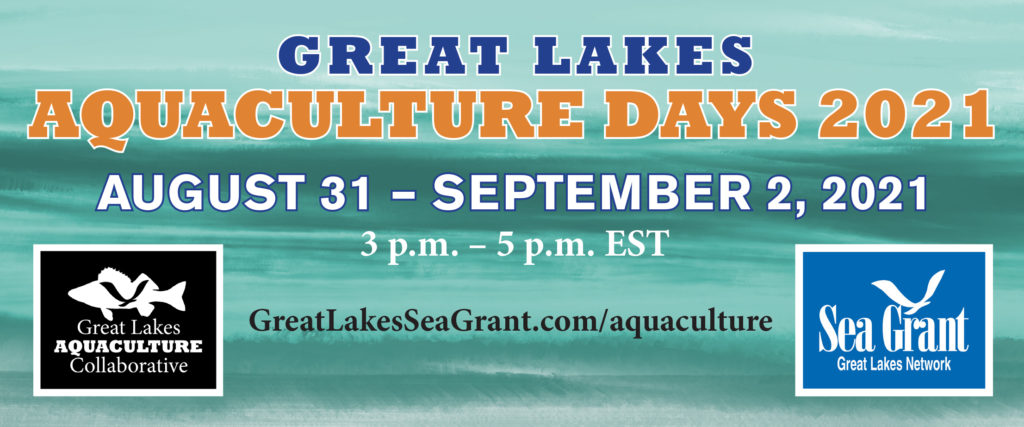 If you’re interested in sustainable farming practices and how fish gets to your plate, an upcoming virtual event is for you. The second annual Sea Grant Great Lakes Aquaculture Days will take place Aug. 31 through Sept. 2. This year, the event is moving from a single day to three days of fun-filled aquaculture learning opportunities!
If you’re interested in sustainable farming practices and how fish gets to your plate, an upcoming virtual event is for you. The second annual Sea Grant Great Lakes Aquaculture Days will take place Aug. 31 through Sept. 2. This year, the event is moving from a single day to three days of fun-filled aquaculture learning opportunities!